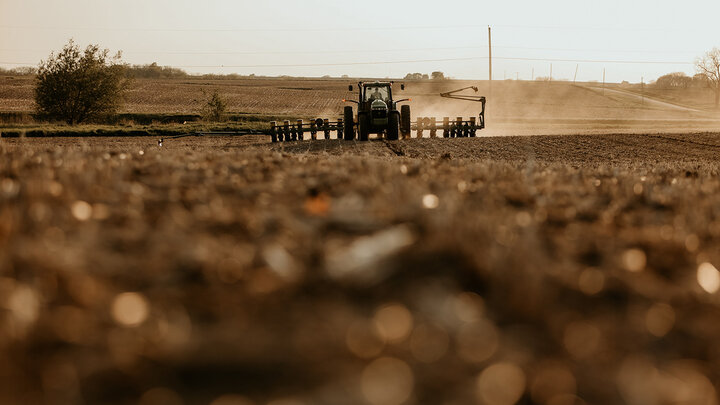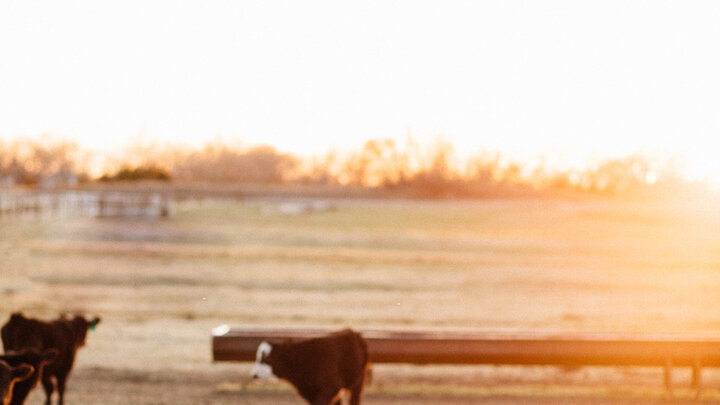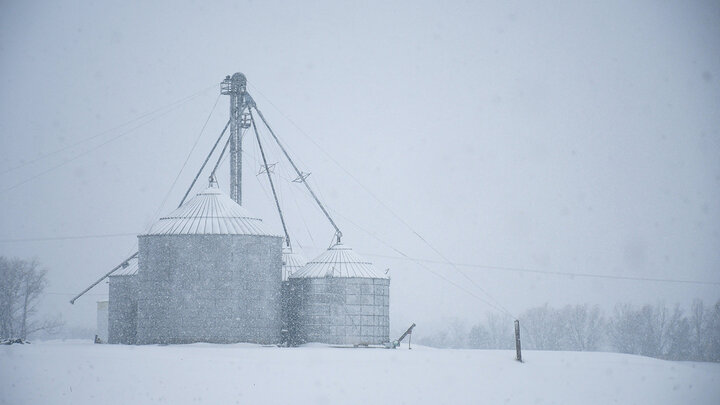Refinancing can be a useful tool for farms and ranches to improve cash flow. The process of refinancing can reduce the debt payments that you are expected to make in the next year, also called current liabilities, by either (1) extending the length over which a loan is repaid, also called a term, or (2) reducing the interest rate on the loan.
While refinancing improves cash flow, refinancing also impacts your balance sheet. When your lender discusses refinancing with you, they are looking at two specific ratios on your balance sheet. Recall that ratios are calculations made to show the proportions between two numbers. The Farm Financial Standards Council provides universal guidelines for farm financial ratios, which are used by agricultural lending institutions to rate loan applications. I provide an example of a (simplified) balance sheet to frame the discussion, Table 1.
| Current Assets | $200,000 | Current Liabilities | $250,000 |
|---|---|---|---|
| Non-Current Assets | $800,000 | Non-Current Liabilities | $350,000 |
| Total Liabilities | $600,000 | ||
| Net Worth | $400,000 | ||
| Total Assets | $1,000,000 | Total Liabilities + Net Worth | $1,000,000 |
The first ratio a lender will consider is the current ratio. The current ratio is a measure of liquidity. It measures the ability of a farm or ranch to meet their financial obligations when they come due within the next year. The current ratio is calculated by dividing current assets by current liabilities. The larger a current ratio is, the more liquid the farm or ranch is. The way to interpret this is to say, “I have $X.XX assets to cover every $1.00 of liabilities for this year.” The current ratio in table 1 is 0.80 ($200,000/$250,000). Ratios less than 1.10 are considered vulnerable by the Farm Financial Standards Council. While ratios greater than 1.7 are considered strong.
The second ratio a lender will look at is the debt-to-asset ratio. This ratio is a measure of solvency, which looks at how much of the farm or ranch is owned by the bank, or other lenders. The debt-to-asset ratio is calculated by dividing total liabilities by total assets. The smaller this ratio is, the more solvent the farm or ranch is. The way to interpret this number is “the lenders own X% of my business”. If this ratio is greater than 0.60 or 60% the business is considered vulnerable. Ratios less than 0.30 or 30% are considered strong. The debt-to-asset ratio in table 1 is 0.60 or 60% ($600,000/$1,000,000).
Refinancing can reduce your current liabilities resulting in smaller payments in the current year. It may also improve the total debt to asset ratio, if you are able to secure lower interest rate.




